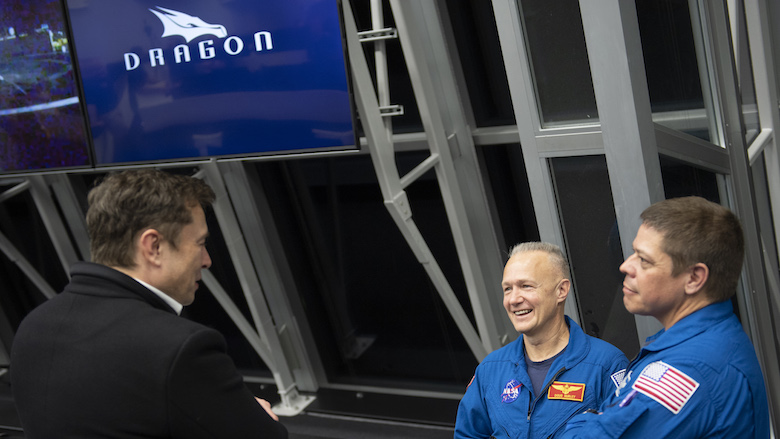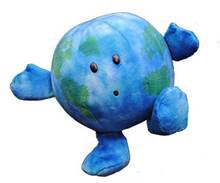
SpaceX has designed the Crew Dragon capsule. It’s the first spacecraft designed for carrying humans, and it’s taking a demo flight for the first time, this Saturday.
SpaceX’s Crew Dragon will do a first-ever demonstration mission for the National Aeronautics and Space Administration (NASA), from the NASA Kennedy Space Center in Florida.
The test flight, which reportedly took off around 3 a.m. EST, will be without a crew on board, but the spacecraft is built to carry astronauts to and from the International Space Station, under NASA’s Commercial Crew Program.
At takeoff, Crew Dragon was carrying a dummy named “Ripley” (same name as Ellen Ripley, the lead character in the movie, Alien) on board, instead of the humans it is designed to carry.
However, this flight will be the first and only demo by SpaceX’s Crew Dragon that will take off without humans on board.
If Crew Dragon passes this dummy test, it will face a few more inspections and safety checks–and then it could be cleared to fly human NASA astronauts.

SpaceX chief Elon Musk speaks during a press conference after the launch of SpaceX Crew Dragon Demo mission at the Kennedy Space Center in Florida on March 2, 2019.
SpaceX CEO and Chief Designer Elon Musk was present at a press conference after Crew Dragon’s takeoff to speak to press; he also spoke with astronauts assigned to fly on the crewed Demo-2 mission after the launch of this Demo-1 mission.
The last time NASA astronauts flew to the International Space Station using an American spacecraft was about eight years ago, according to reports.
For that reason, NASA has relied on Russia.
So far, NASA has paid Russia about $80 million per seat to send American astronauts to space aboard Russia’s Soyuz rockets, which has long ruffled the feathers of Congress.
Effectively, SpaceX may have changed America’s NASA reliance on Russia: its Crew Dragon’s success on this critical test flight would mark the first time a commercially built and operated spaceship (capable one day of carrying people on flights), will travel to the space station.
American companies, SpaceX and Boeing, have contracts worth up to $2.6 billion and $4.2 billion, respectively, with NASA, but have both battled delays and safety concerns from regulators. Those safety concerns would need to resolved before humans would be allowed to start boarding the crafts for commercial flights to space.
Still, Musk has insisted that he wants Americans who are not astronauts to be able to fly to space, and welcomes the idea of space tourism.
Musk posted yesterday on Twitter before Crew Dragon’s takeoff the next morning: “Super high tech zero-g indicator added just before launch!” His tweet showed off a stuffed animal, a.k.a. “a super high tech zero-g[ravity] indicator,” on the spacecraft.
“People have gone to space station on Soyuz,” Musk said in Crew Dragon’s post-launch press conference, pointing to the private citizens who have flown aboard Russia’s Soyuz spacecraft (and reportedly spent between $20 million and $40 million to do so). “And I think it’d be pretty cool if people went to space station on an American vehicle as well. I think that’s something that we’ll do, and NASA’s very supportive of that.”
Flying to space, anyone?

